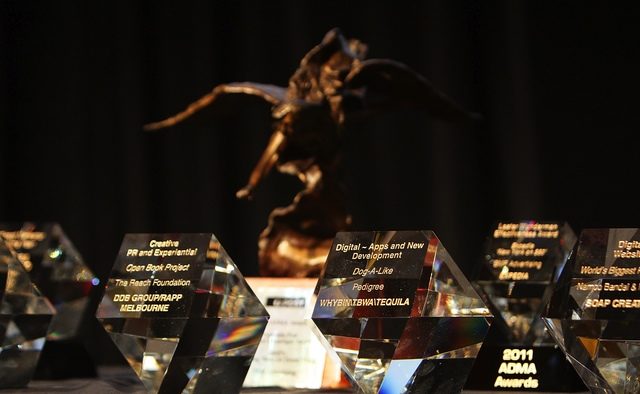10 award submission tips from a judge
Share

Whether the motivation is ego, a promotion, peer recognition, or something else, the pursuit of industry awards is an art that takes time and thought. Having this year served as a judge of two of the industry’s most prestigious awards programs, the following insights could help you to avoid some of the common blunders and make negotiating the process a little easier (and more successful) in years to come.
1. Comply
First and foremost, make sure your awards submission is compliant – not partly compliant or compliant where it suits. Wholly compliant. If you are unsure about your interpretation of the specifications, rules or requirements, ask the organisers. Making assumptions could cost you an award, especially in highly competitive categories. And breach of the rules, however minor, could see you disqualified.
2. Constructive criticism
Give some thought to how you ‘build’ your submission. These days it is common for award entries to be lodged online. If that is the case, your options may be to upload your creative as separate files or to insert and embed showpieces into the body of your submission. Think about two things: firstly, what the technology will allow you to do (say, in terms of file size or format); and secondly, what will make the judges’ task easiest (for example, being able to access all of the content from a single source, or having to jump from file to file).
3. Weighty matters
If an awards program has published its evaluation criteria and their weightings, that is a clear indication you should also follow that format. The entries that followed the given structure were generally far easier to assess than those that did not. In fact, those that ignored or strayed from the weighted criteria often left the judges frustrated because they had to spend unnecessary time searching – sometimes without success – for evidence of
those elements.
4. The medium is the message
This often quoted maxim by communication theorist Marshall McLuhan was in reference to his belief that the way we acquire information affects us more than the information itself. Though he was at the time anticipating the impact of television, McLuhan’s theory is also relevant in the context of an awards submission. The branding and layout of any visual communication can help to sell an idea. Consider the presentation of your application and factor in time for graphic design before lodgement.
5. Measure up
If any of the evaluation criteria are quantifiable, make sure you report the success of your campaign against hard metrics. Broad statements such as ‘This was our most successful campaign’ or ‘The results exceeded all expectations’ simply won’t cut it. The best submissions present results (the very best in both real and relative terms) as revenue growth, category growth, product sales, impressions, click throughs, leads generated, media hits and so on.
6. Stand out from the crowd
Awards submissions are in effect sales pieces. Your challenge is to pitch your campaign to the judging panel to persuade and convince them that your project is best-of-breed. Write it in a voice that is engaging and compelling. Remember, in some categories the judges may have dozens of entries to evaluate. Is yours memorable?
7. Caution! Recycled material
While organisations commonly applaud knowledge reuse, be careful about recycling award entries as the specifications and judging criteria can vary substantially from program to program. Will recycling the submission you developed for some other program really optimise your chances of success or is it just the easy way out?
8. Collaborate
Most campaigns that are considered award-worthy are designed and executed with the assistance of specialist agencies. If that is the case, collaborate on the award entry as well. Irrespective of which party is taking the lead you would be foolish not to tap into the available talent pool and play to each individual’s strengths.
9. Say it with flowers
…or graphs or diagrams or illustrations or charts or even emoticons, if you must. Pictures and graphics, by making your submission less text-heavy, will also contribute to its readability and it being easier to comprehend.
10. Start your engines
If you have read this far, you are probably working on something right now that could be worthy of an award next year. Plan ahead to ensure the process, decisions, metrics and creative that you will likely be asked to talk to in your application are being captured and documented well in advance.
Good luck!















